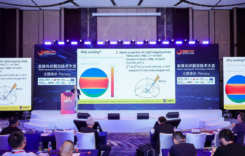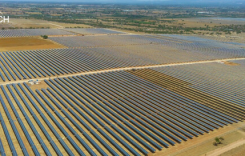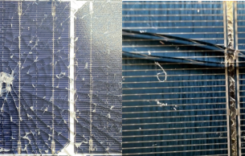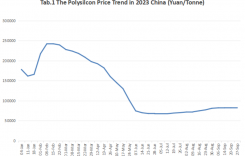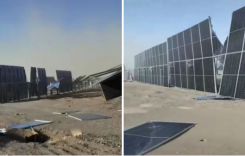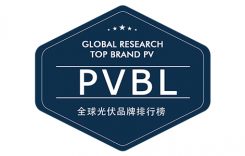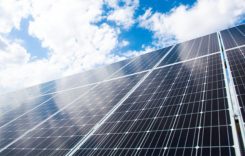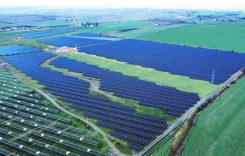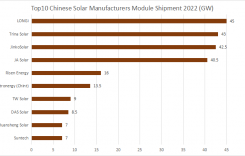PVTIME – Investment bank Roth Capital has reported that the United States could announce tariffs on imported solar polysilicon products by the end of this month. The bank’s analysis suggests that Section 232 tariffs on imported polysilicon and its derivatives could be introduced sooner than expected, with the White House reportedly hoping to announce the tariffs by the end of October.
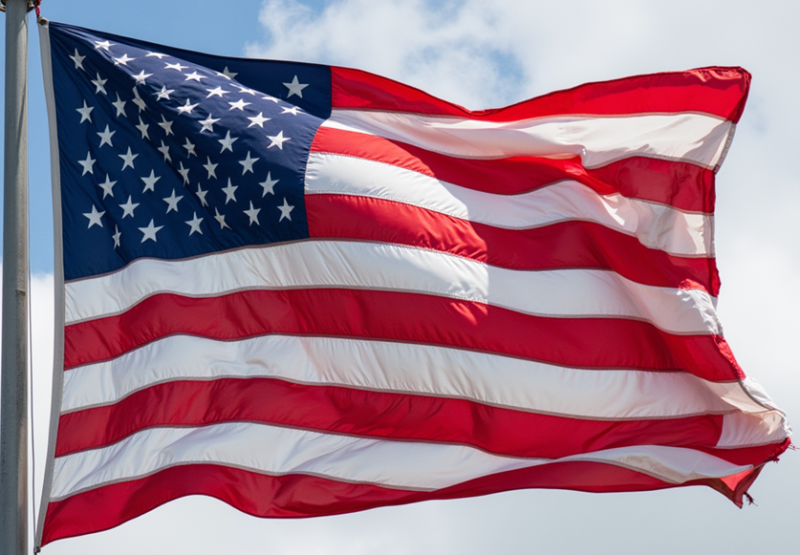
Roth Capital states that the Section 232 tariff details are expected by the end of October or the beginning of November. Initially, the decision was expected to be made by March 2026 following a 270-day investigation period, but the acceleration is likely to be driven by growing trade tensions with China.
Earlier this month, China announced tighter restrictions on rare earth metal exports. Citing an unnamed source, Roth Capital links the accelerated Section 232 investigation to these rare earth restrictions, prompting the White House to expedite several actions.
Since its announcement this summer, the solar industry has been awaiting clarity on the impact of Section 232. At the PV CellTech USA summit, some speakers argued that the US government was unlikely to prioritise polysilicon tariffs over potential semiconductor tariffs; however, recent developments have surpassed this forecast.
Many analysts regard the Section 232 investigation as highly significant for the US solar sector. It will likely apply to all imported polysilicon-based products, including polysilicon itself, as well as key components of the solar supply chain, such as wafers, solar cells, and modules.
Roth Capital notes that, beyond tariff levels, attention should focus on the possible quota structure for Section 232 on polysilicon. This will probably take the form of tariff-rate quotas (TRQs), which allow a set annual volume of each targeted product to enter the US before tariffs are applied.
The proposal comes from the Coalition for a Prosperous America (CPA) and recommends tariffs of:
– 0.20 US dollars per watt on solar modules
– 0.10 US dollars per watt on cells
– 0.07 US dollars per watt on wafers
– 10 US dollars per kilogram on imported polysilicon
The CPA also suggests TRQ thresholds of 30GW for silicon cells, wafers, and ingots from trusted allied nations and 40,000 metric tonnes for polysilicon.
In its September industry update, Roth Capital observed that, despite limited precedent, the final Section 232 ruling is likely to mirror the CPA’s product-specific tariff proposals. Last week, PV Tech Premium also learned from an industry analyst that the CPA’s plan is viewed as a baseline scenario for potential Section 232 tariffs.
However, Roth Capital’s latest report points out that the CPA’s quota proposals may be too high and that actual quotas could be notably lower and tiered by country. Lower thresholds would likely put greater upward pressure on US solar module prices, and ultimately on project finances.
US solar manufacturing faces uncertainty amid trade tensions. While module production capacity has grown significantly, domestic upstream production lags behind. Section 232 and upcoming Foreign Entities of Concern (FEOC) restrictions will put further pressure on imports of cells, wafers, ingots and polysilicon.
Last week, South Korean chemical giant OCI Holdings acquired a majority stake in a Vietnamese wafer plant in order to secure non-FEOC solar wafers for its US subsidiary Mission Solar’s planned cell manufacturing facility.
Despite ongoing supply chain uncertainties, Roth Capital believes that Section 232 will likely have a positive impact on First Solar (FSLR), a manufacturer of cadmium telluride (CdTe) thin-film solar modules. As the firm has the largest US solar module production capacity and its technology is not silicon-based, it is protected from trade wars involving such products.
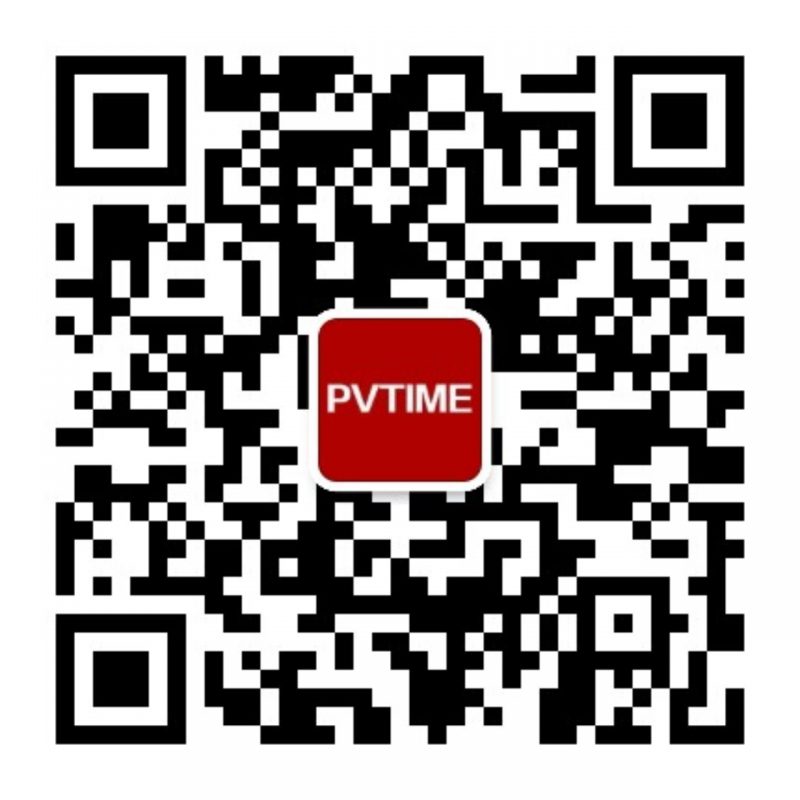
Scan the QR code to follow PVTIME official account on Wechat for latest news on PV+ES



